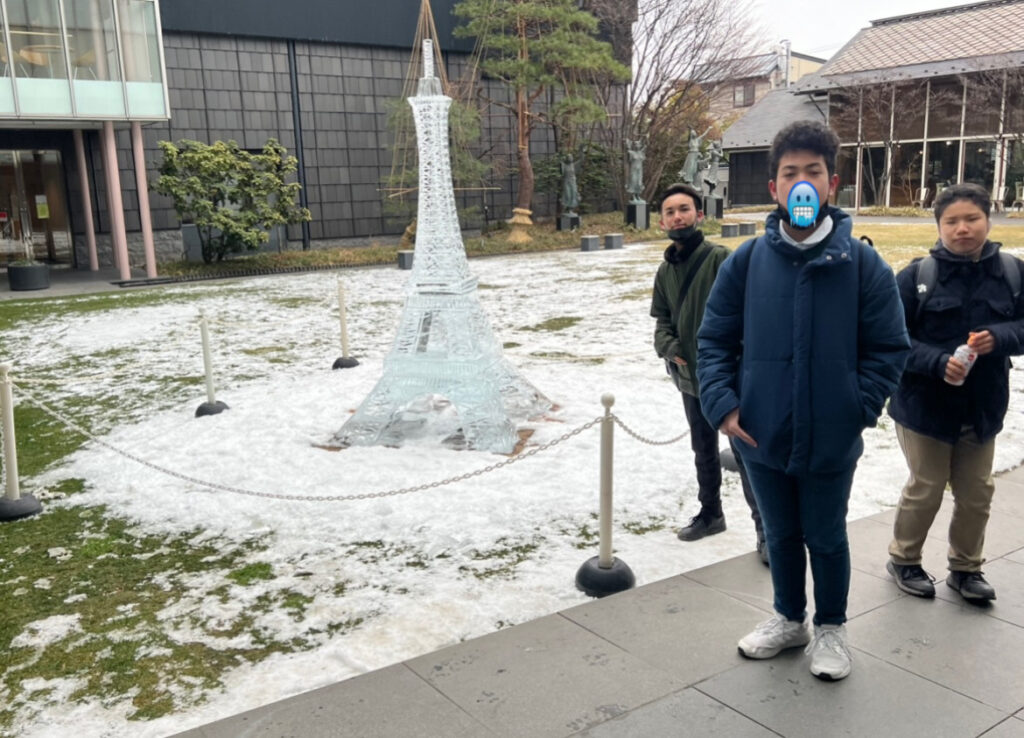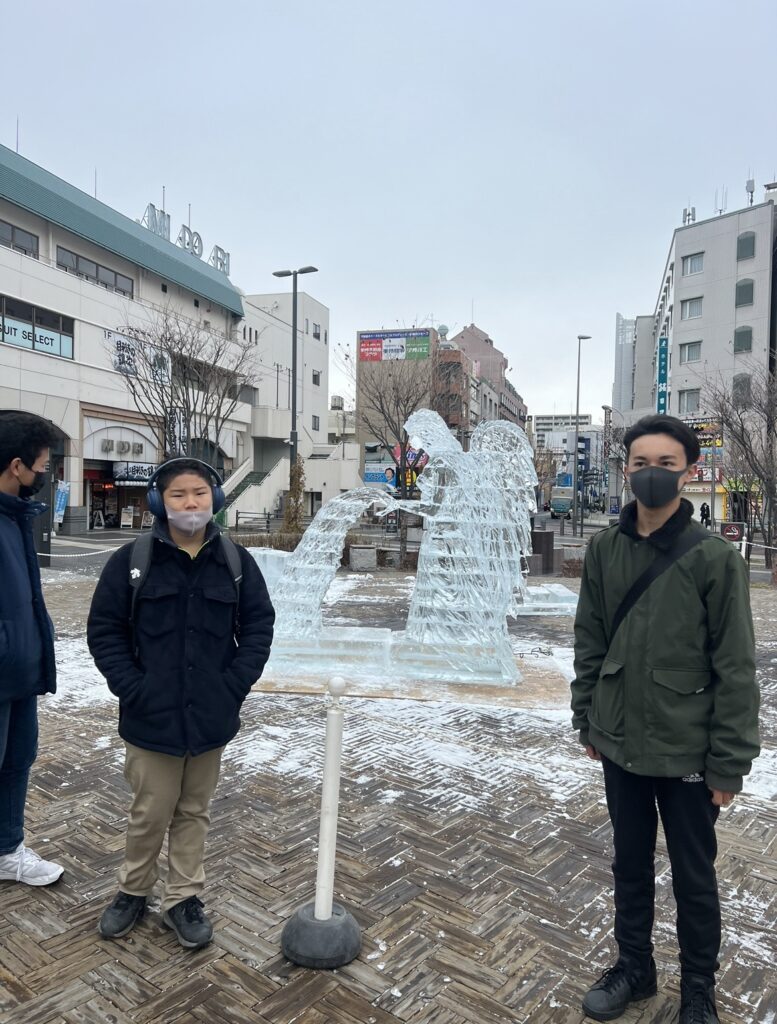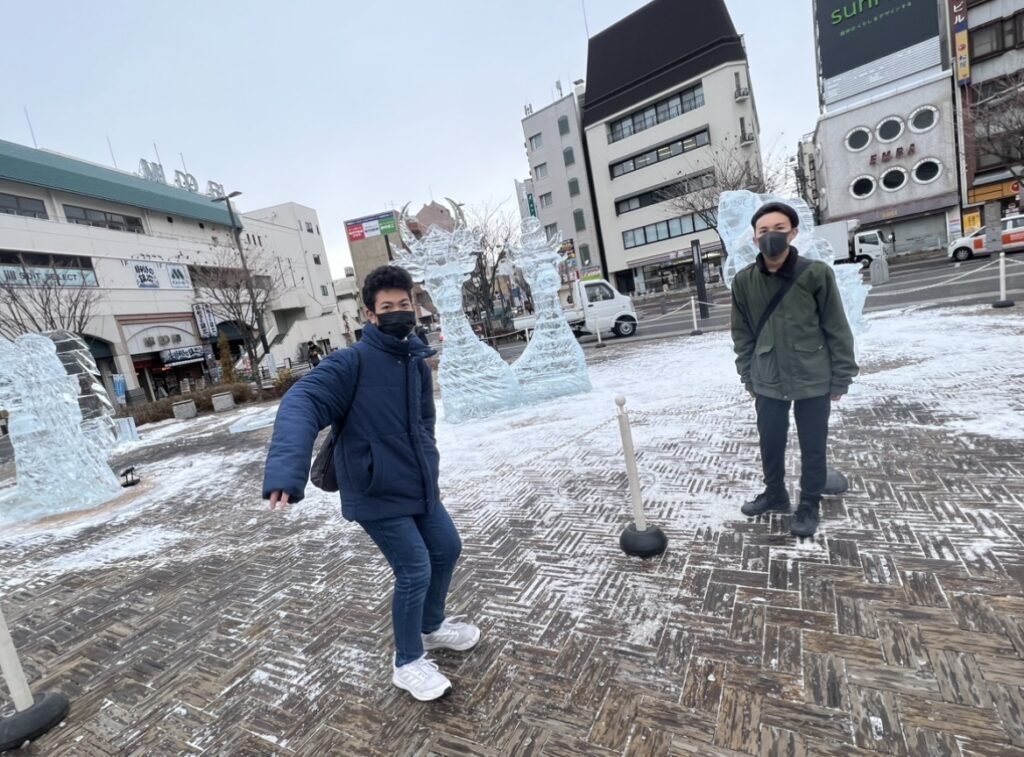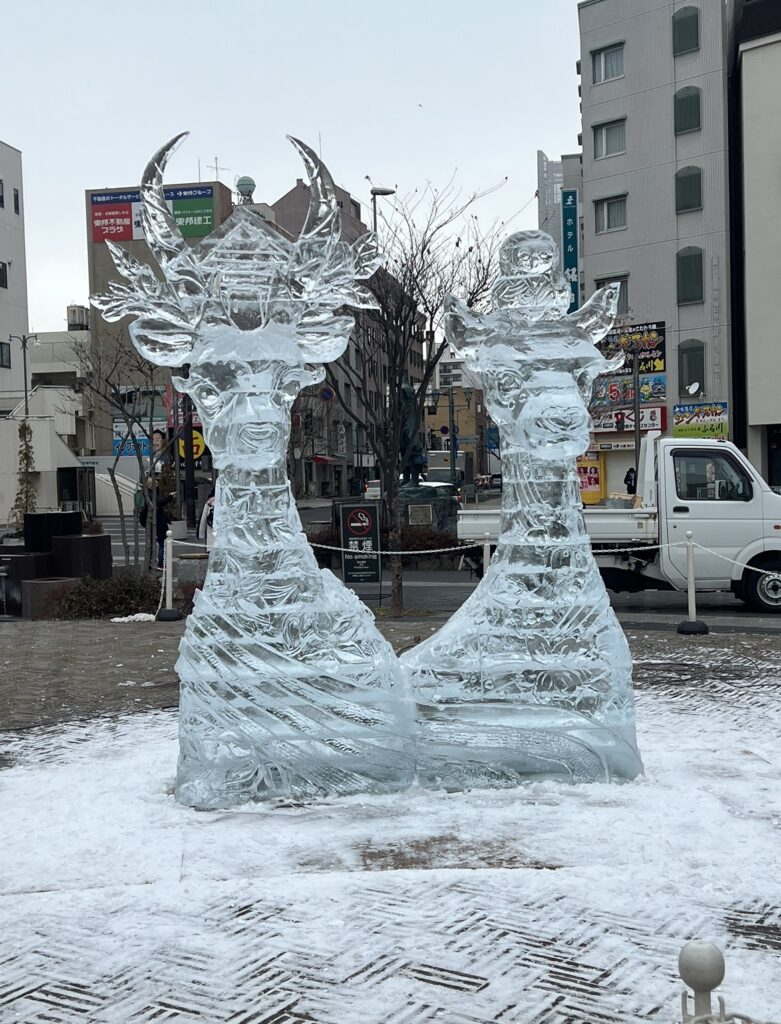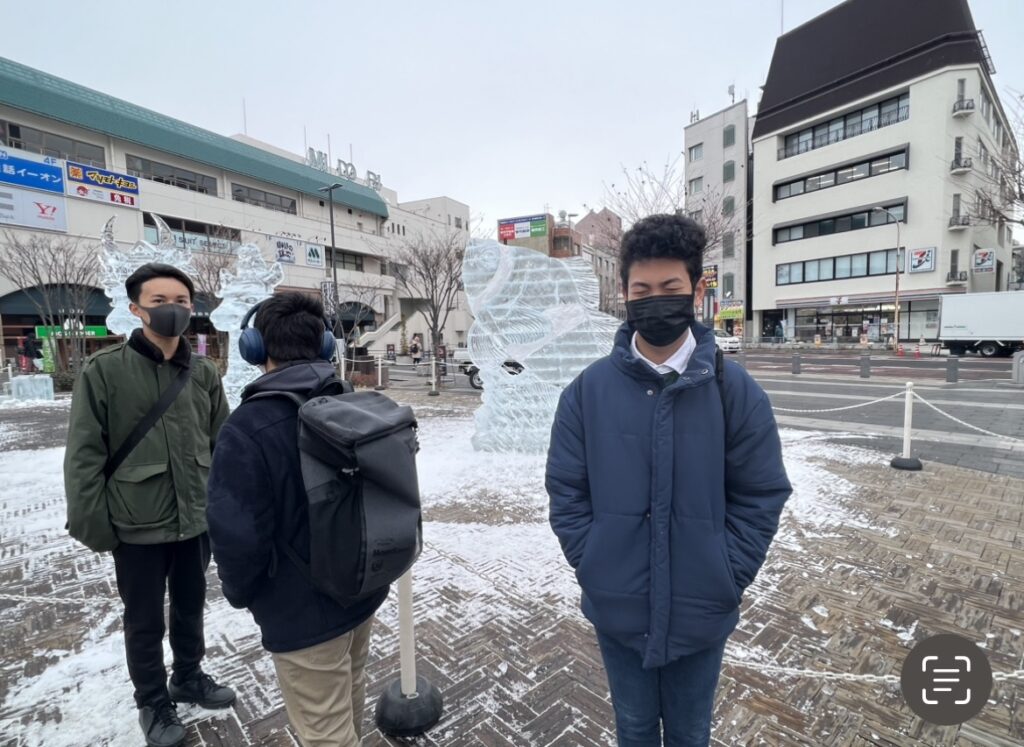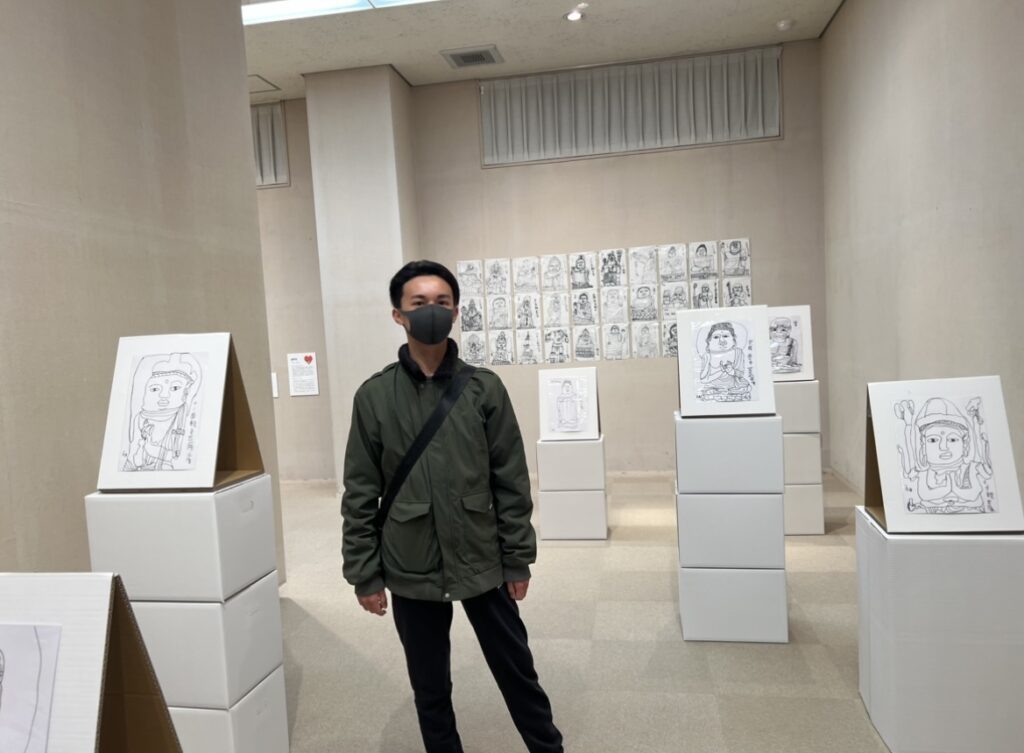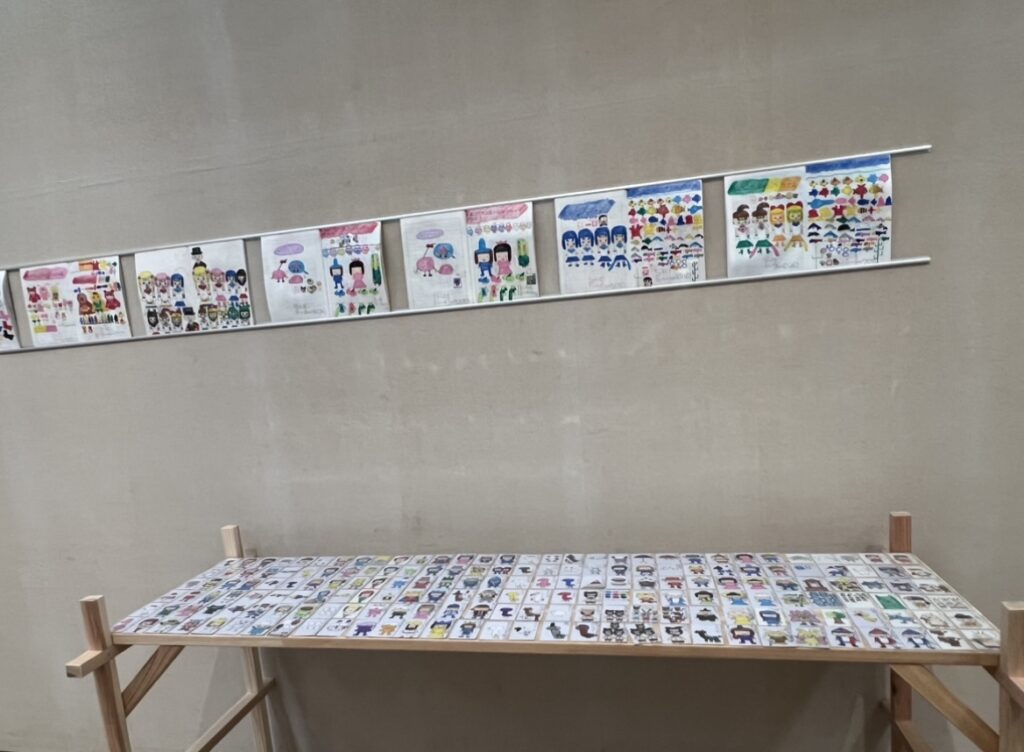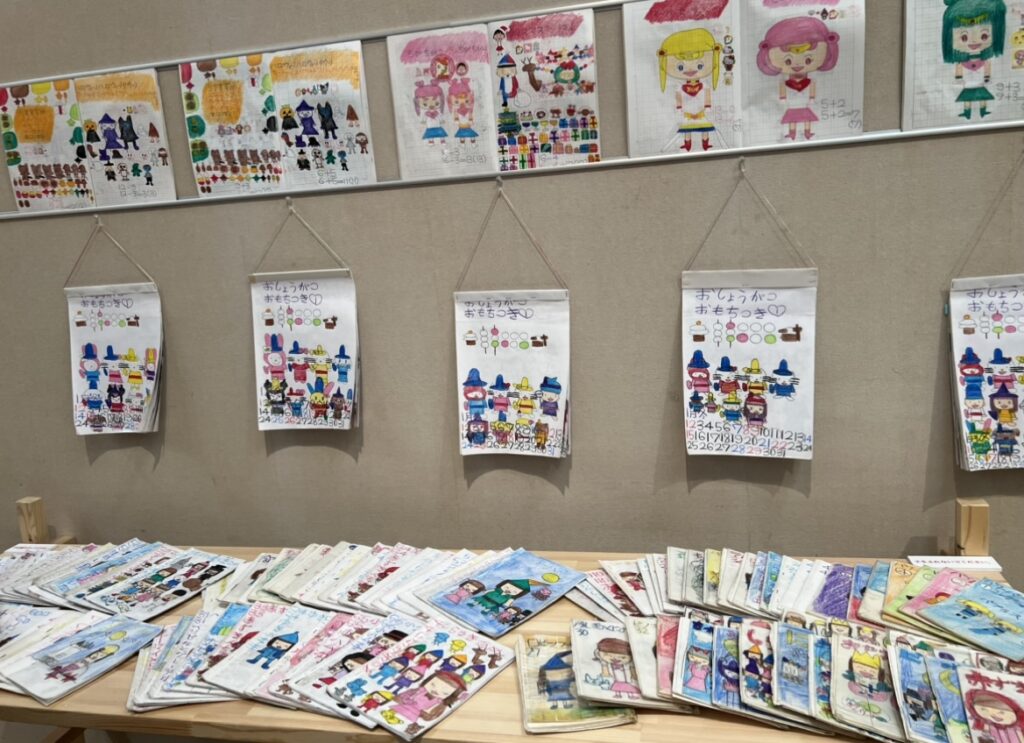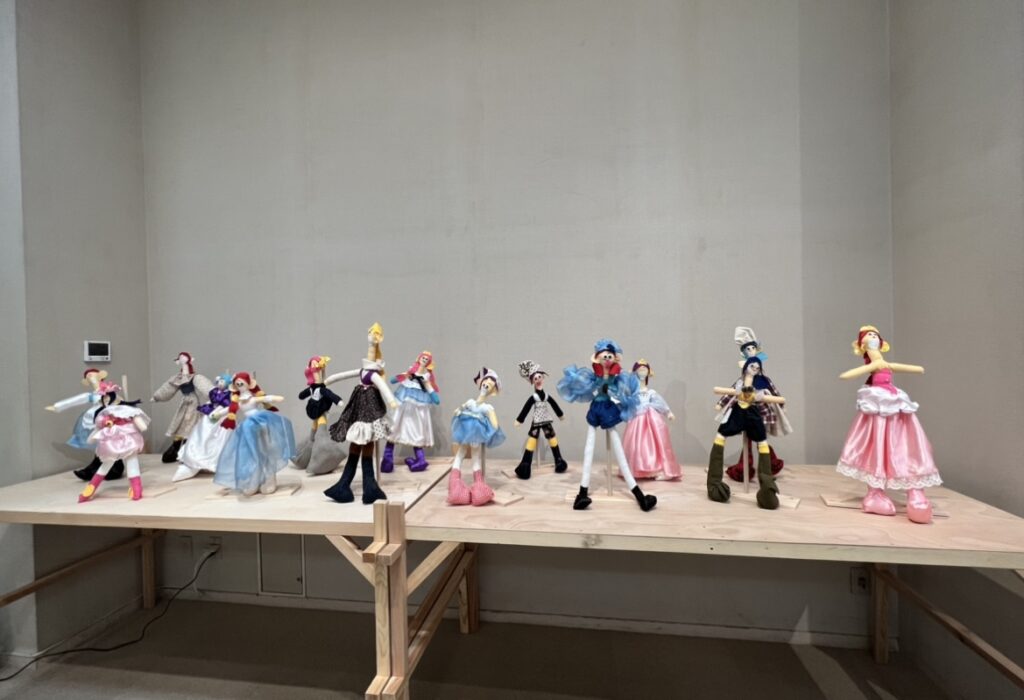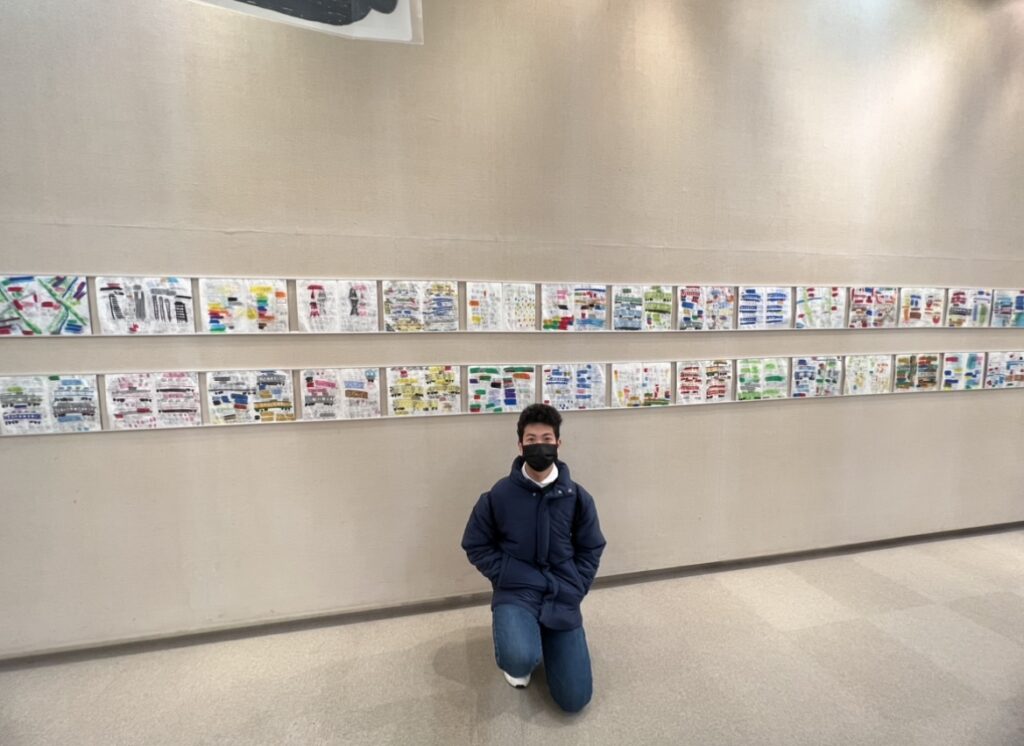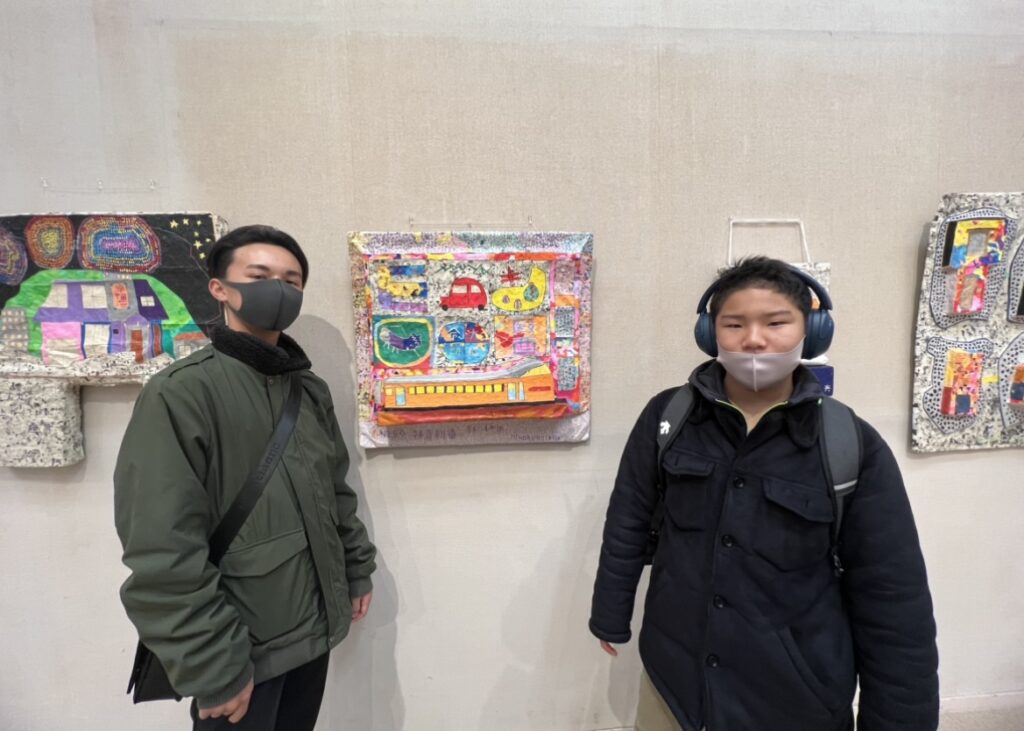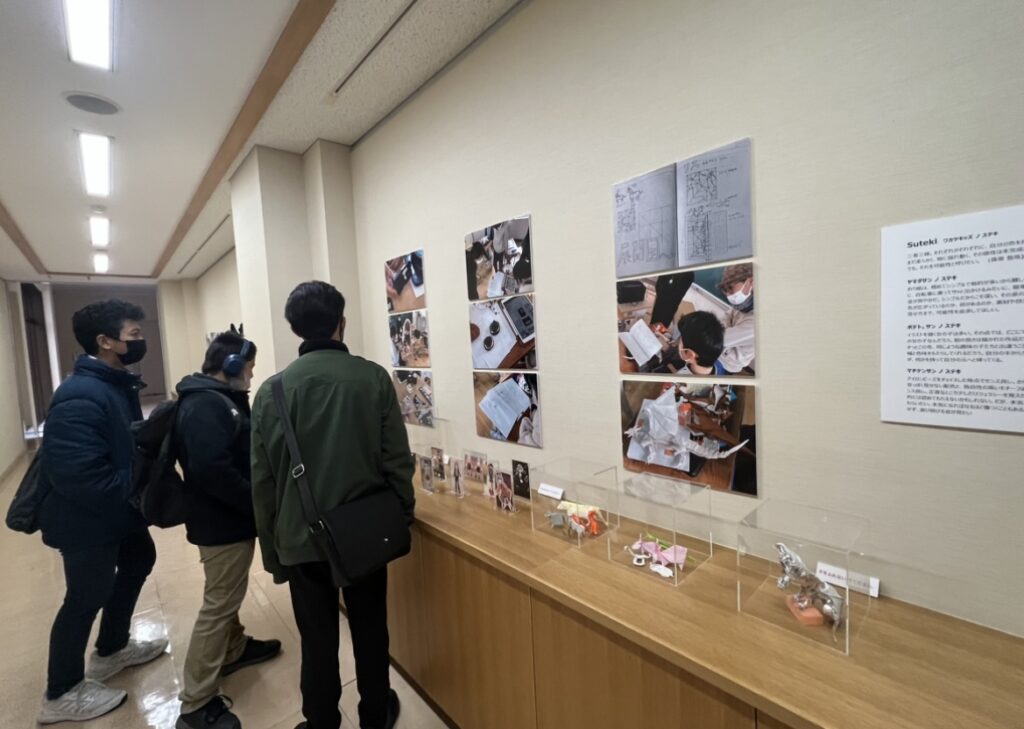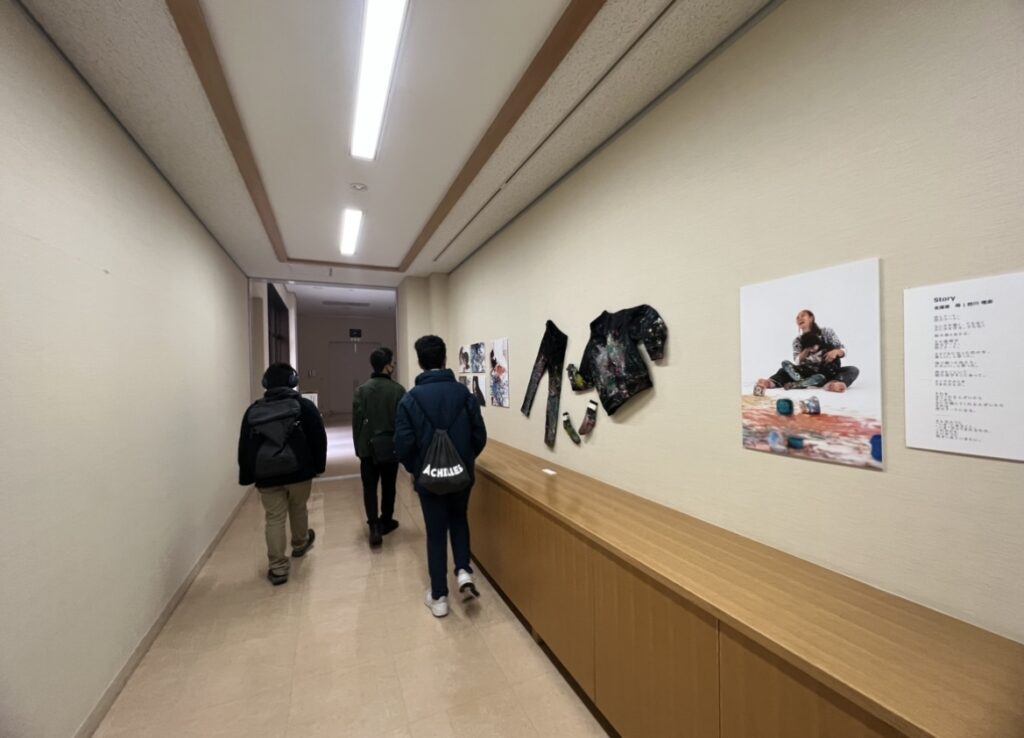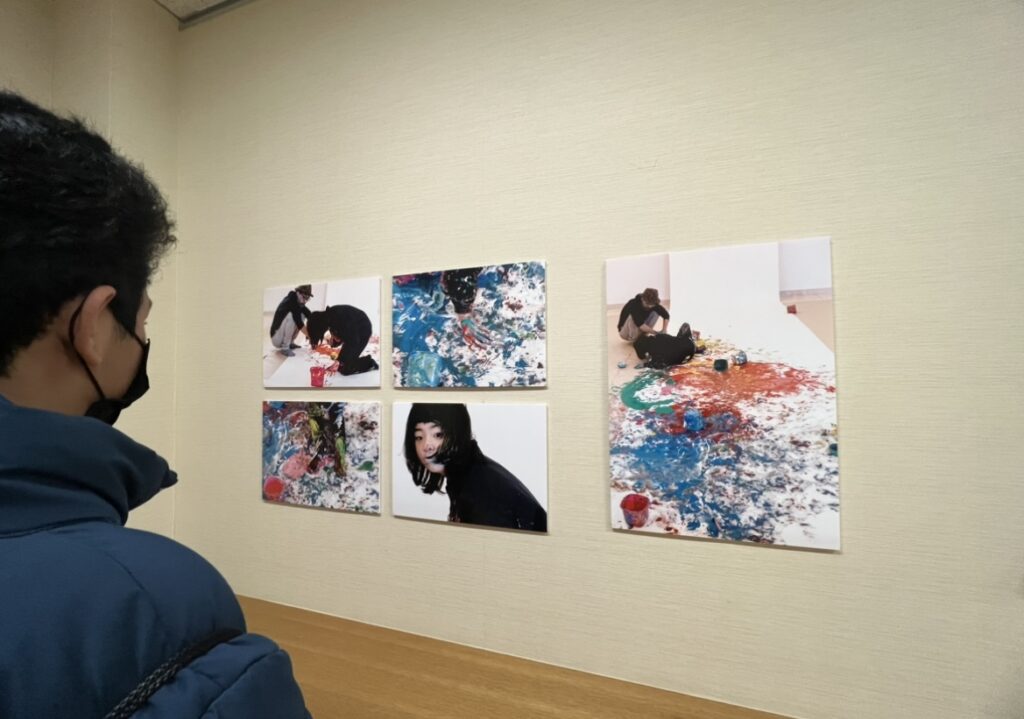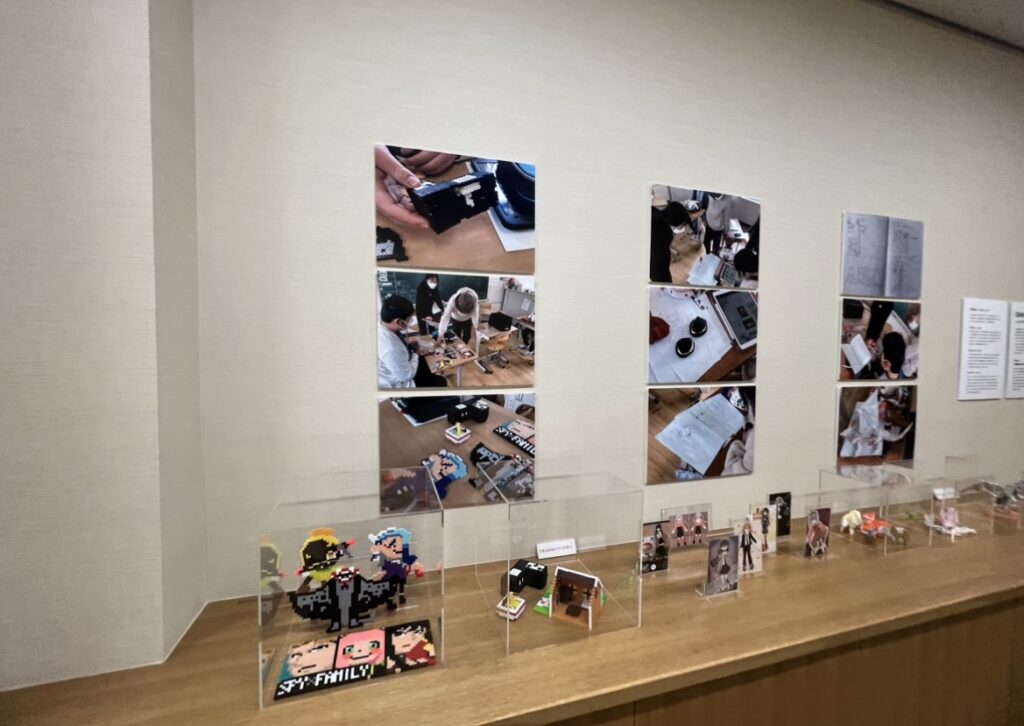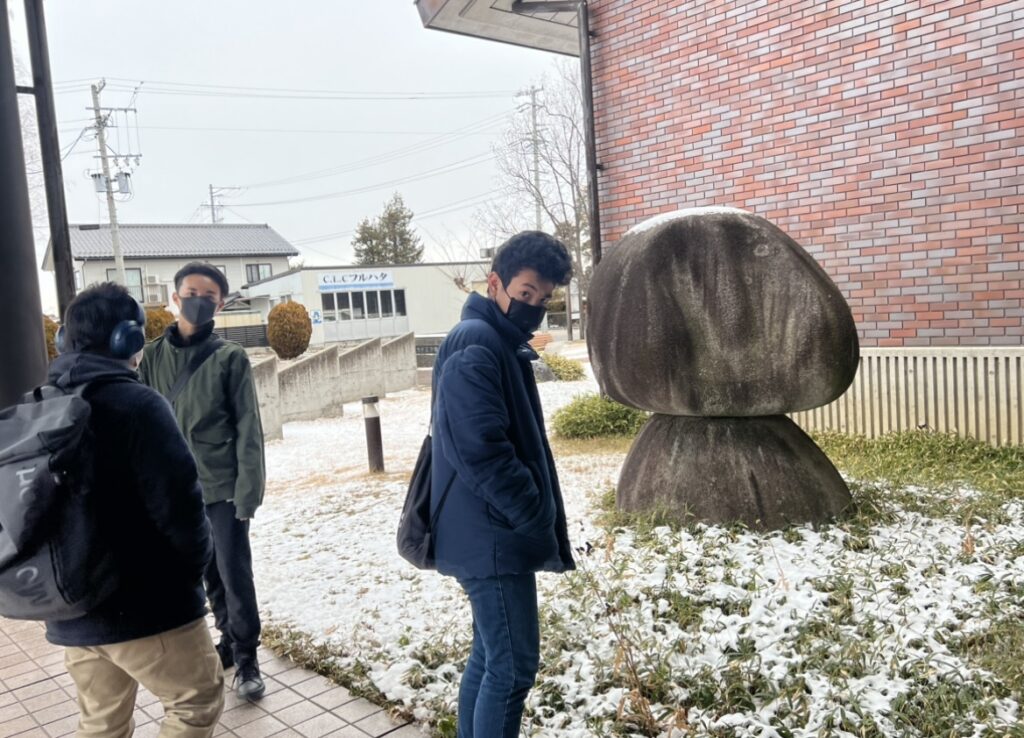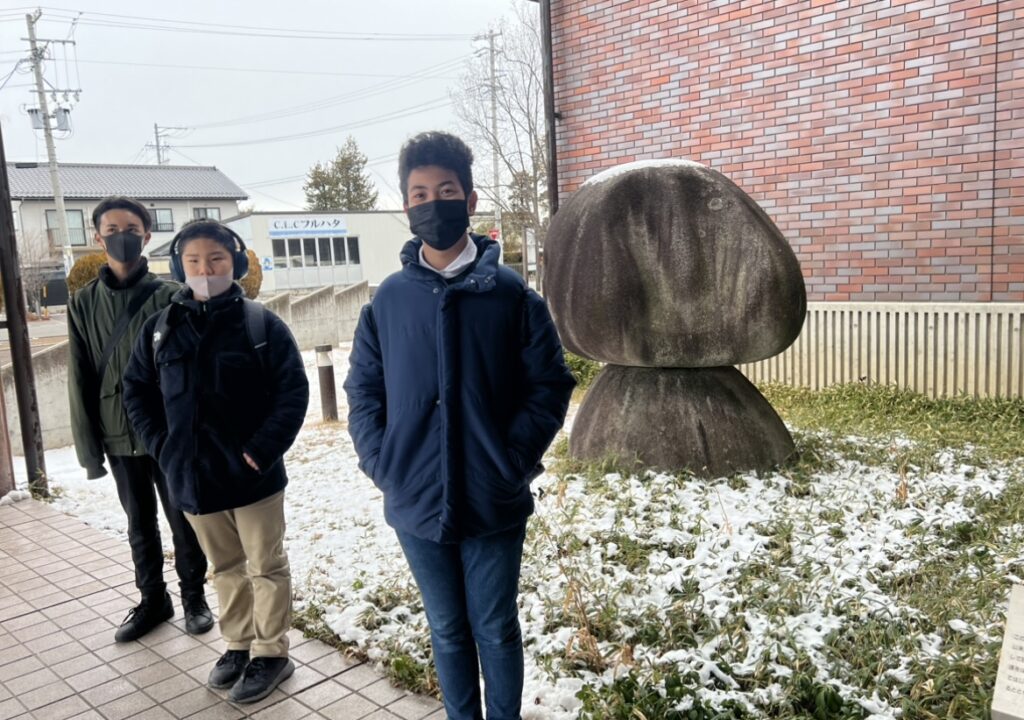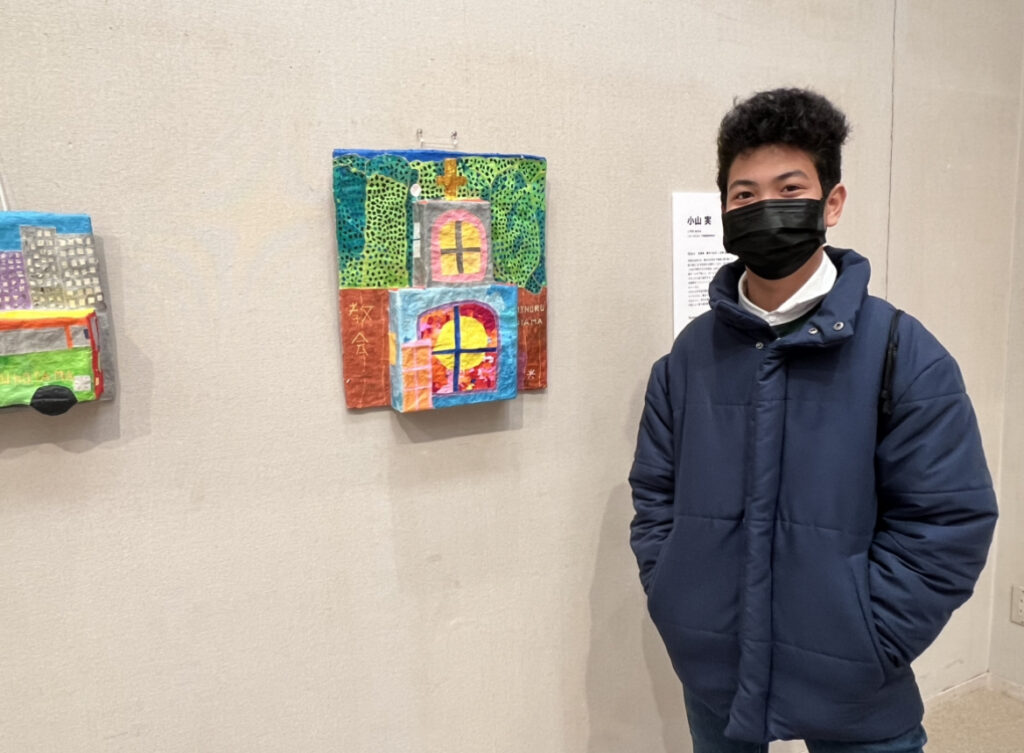By Earlayne Samson
“ The only disability in life is a bad attitude. – by Scott Hamilton “
Differently-able people use art in order to communicate with the world. We were amazed that they were able to produce such artwork that are beautiful and detailed. The following questions started to come up as we went on our day.
What is art appreciation?
Art appreciation is a tough subject but easy enough to teach, whatever the art. All it requires is a willingness on the part of the students to open their minds and hearts and an informed companion who can guide them.
It is is often confused with art history, with knowing lots of artists and movements, dates and influences. Though it is true that people who develop their appreciation of art often absorb quite a lot of the history and facts associated with that art, the history and facts aren’t that essential to appreciating the work or piece.
How do we learn it?
Go to an art museum, any art museum and bring a notebook. Find a piece that captures your attention and write down notes about what you see, maybe draw the work or some of its details. Just look. Allow yourself to see. Think about what you are seeing and experiencing and where it is coming from. Maybe listen to the artist themselves or a tour guide if one comes by and hear what they have to say. Discuss it with your group.
Why is it important to study and appreciate art?
Aside from cultural lessons you might learn from studying and appreciating art, it makes you smarter. As a student you are literally building your brain, making new connections, expanding your memory, expanding your abilities of abstraction and problem solving and emotional quotient.
Learning and understanding art is learning the ‘language’ of artistic representation, the use of symbols (colors, shapes,and patterns) to communicate information and emotion.
Thus the more you use your brain and the more different things you do with your brain the smarter you become including both “studying art” and appreciating artworks.
The arts also serve as an outlet where disabled people can vent out their inner feelings or have it function as an expressive therapy. Some genius and notable people in history were surprisingly individuals with disabilities too. Take for instance Beethoven who eventually went deaf but was still able to create enduring and beautiful music despite his disability.
There are still some common denominators that bridge the gap between the rich and poor, gifted and not, or healthy and sickly. The arts will always be that bridge that continues to connect and inspire people of all walks of life.
Everyone should at least try to make artwork and everyone is better for experiencing artworks. No labels.
